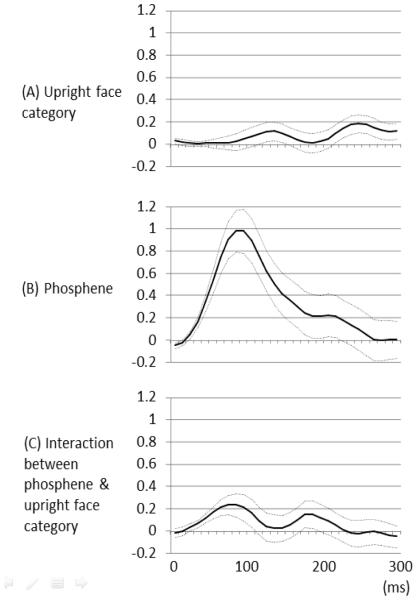Figure 6. Fixed effects of ‘stimulus category’ and ‘underlying lower-order visual function’ on high-gamma augmentation over the time course.
(A) The linear mixed-model analysis suggested that the effect of upright face category on high-gamma augmentation became larger than zero at 240-260 ms, compared to that of inverted face. During this time period, upright face category was associated with larger high-gamma augmentation up to 18% compared to inverted face category, regardless of the underlying lower-order visual function. Solid line: estimated mean. Dotted lines: mean ± standard error. (B) Likewise, the effect of lower-order visual sites defined by stimulation-induced phosphene was larger than zero at 40-150 ms, compared to that of the remaining sites. During this period, lower-order visual sites were associated with larger high-gamma augmentation up to 98% compared to the remaining sites. (C) The effect of interaction between lower-order visual sites and upright face category became larger than zero at 40-90 ms. During this period, upright face stimuli elicited up to 23% larger high-gamma augmentation compared to inverted ones only within the lower-order visual sites.

